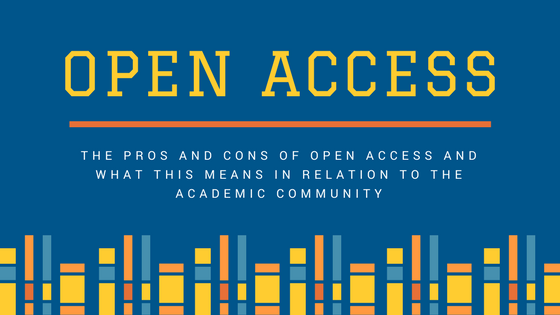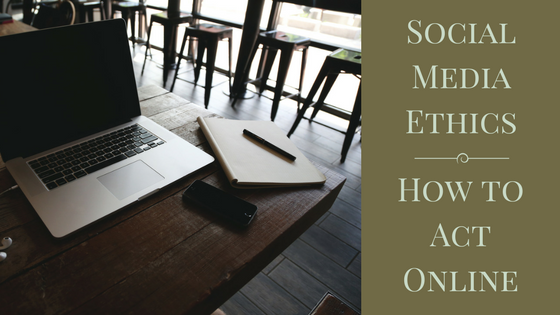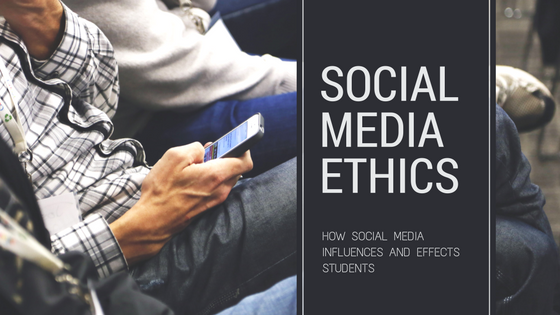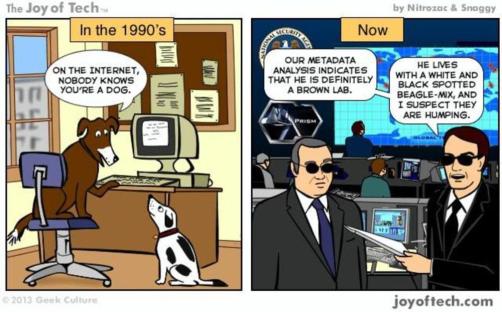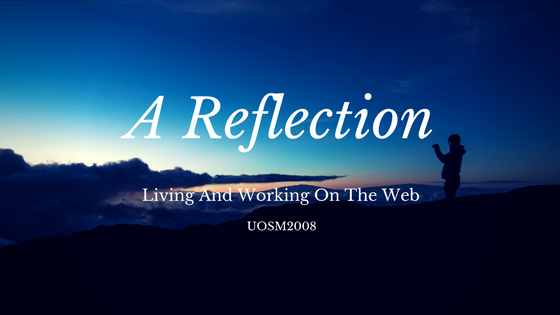
Final thoughts for Living and Working on the Web
Created using Canva
With Living and Working on the Web now over, what can I say I have achieved?
By researching the topics over the course of UOSM2008; presenting this information and discussing it online with others, I have gained a much better appreciation on how I use the internet and how I portray myself to others. My favourite topic being Topic 4, since my mum works in a primary school it seemed appropriate to research an area which could benefit the young children that she works.
Continue reading →


